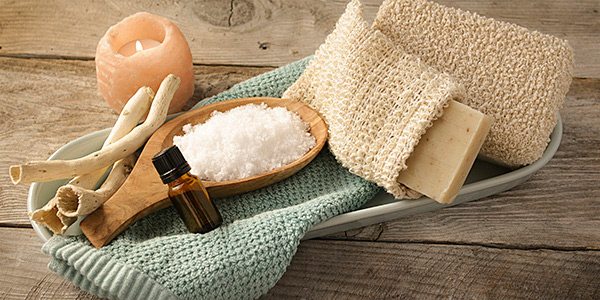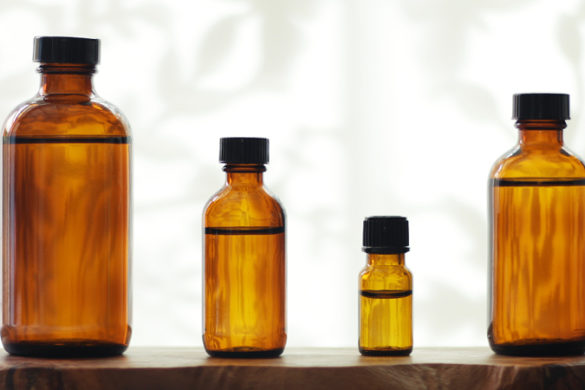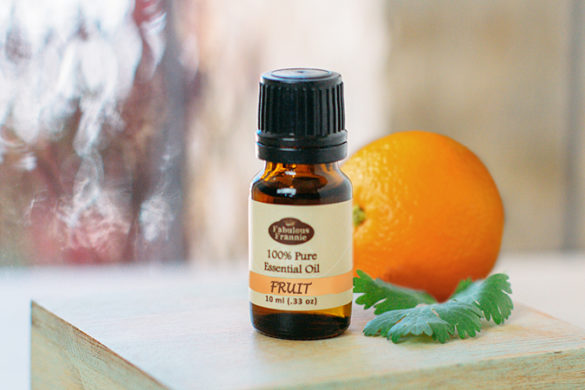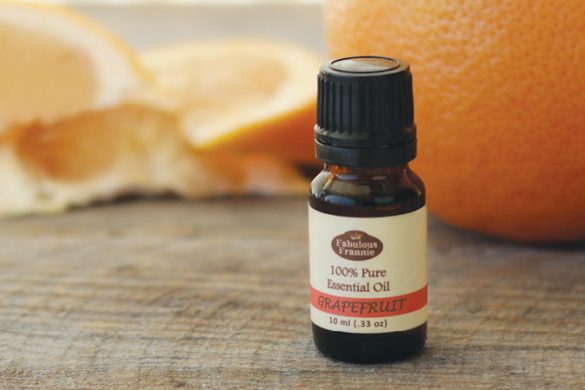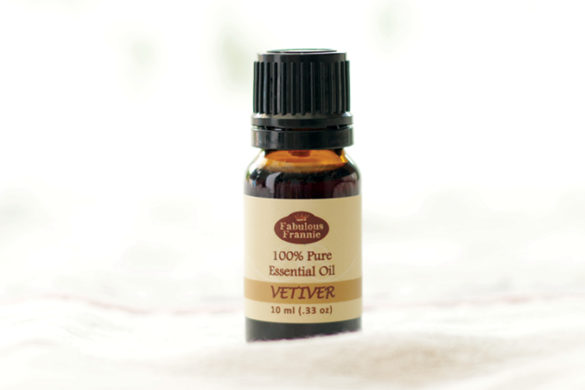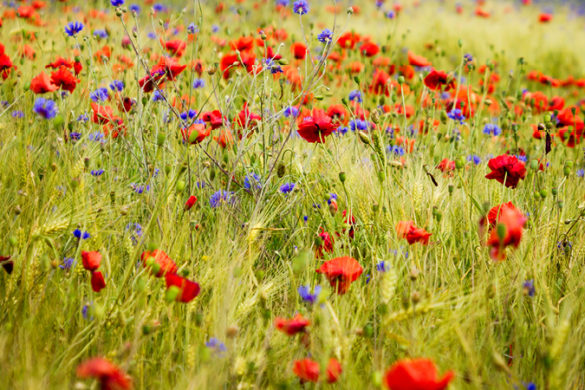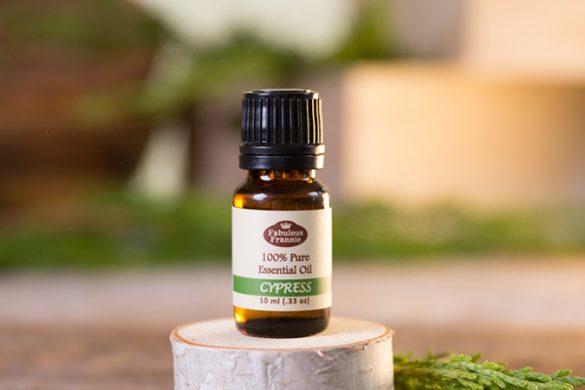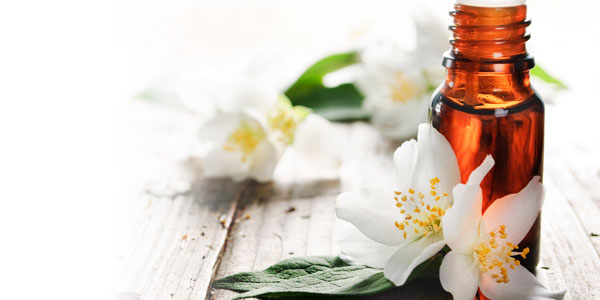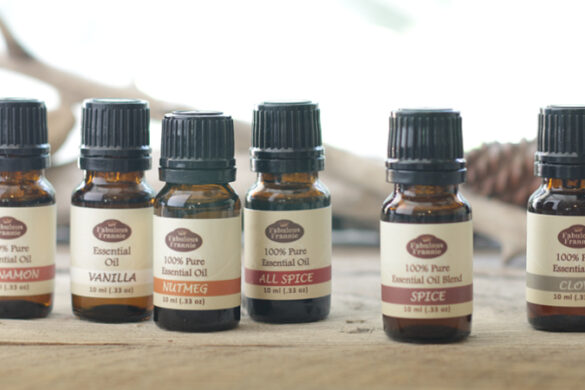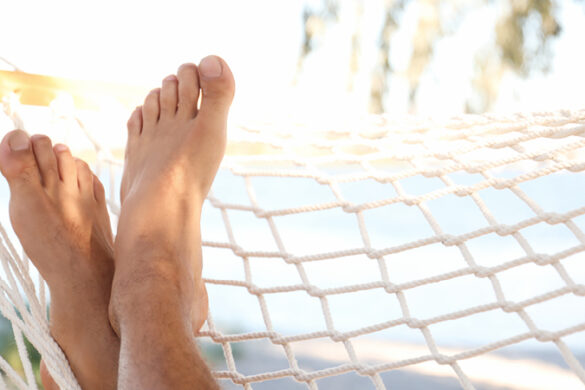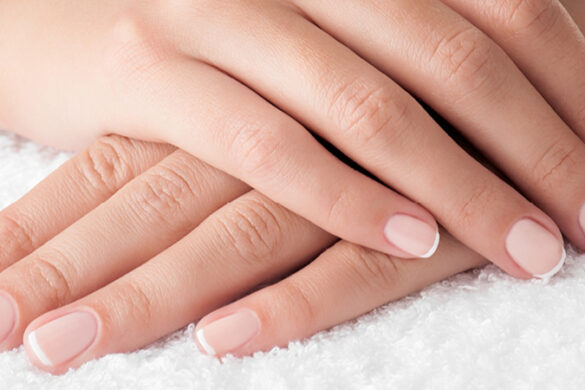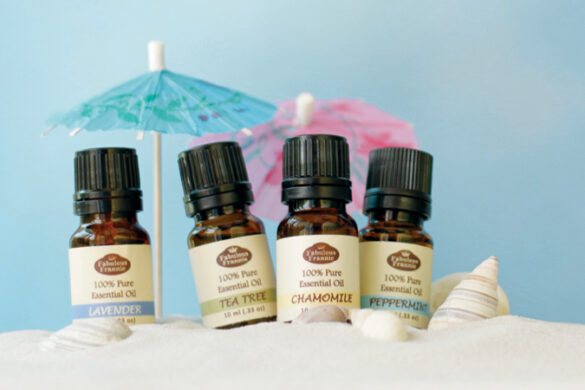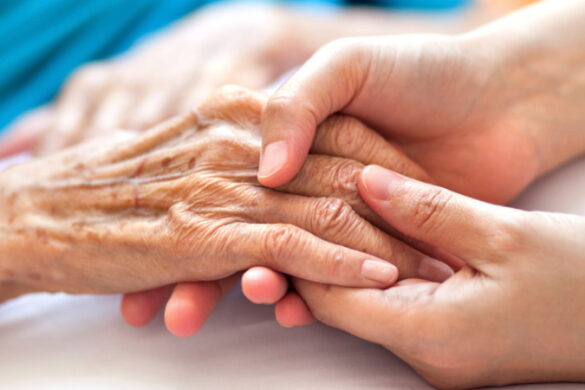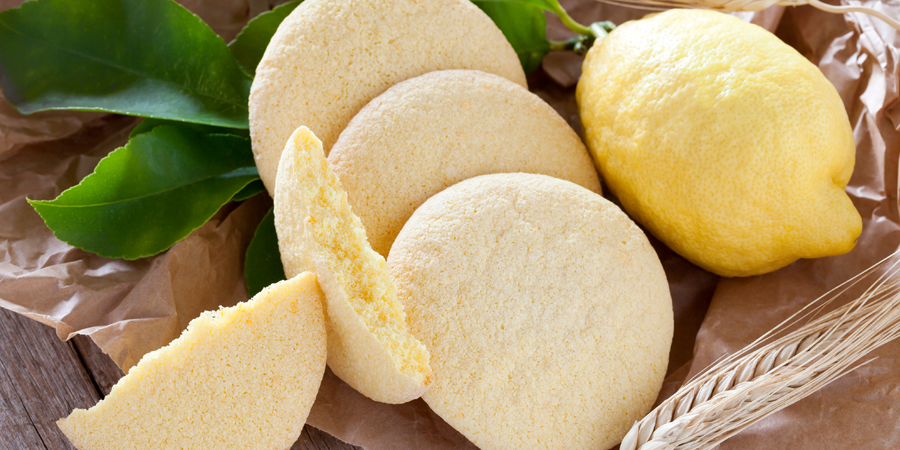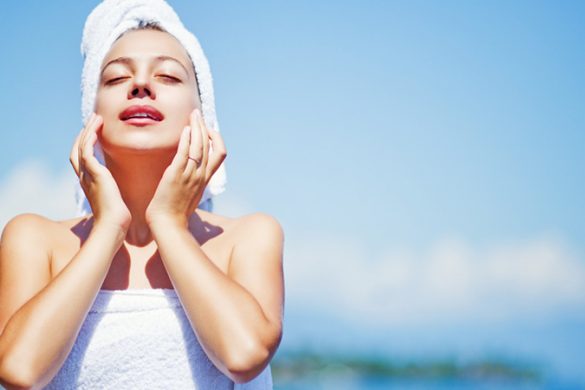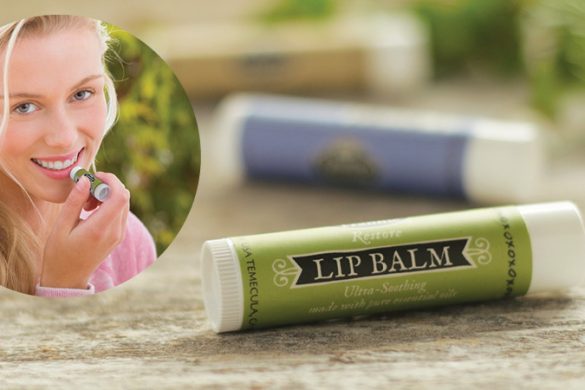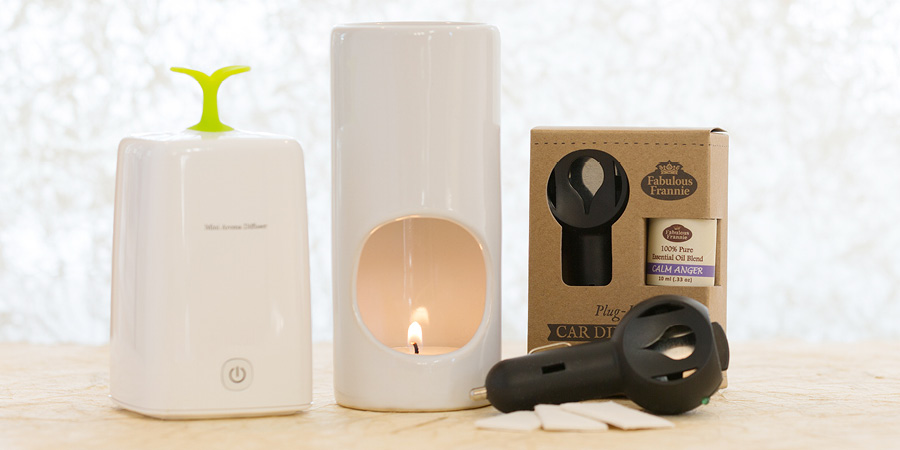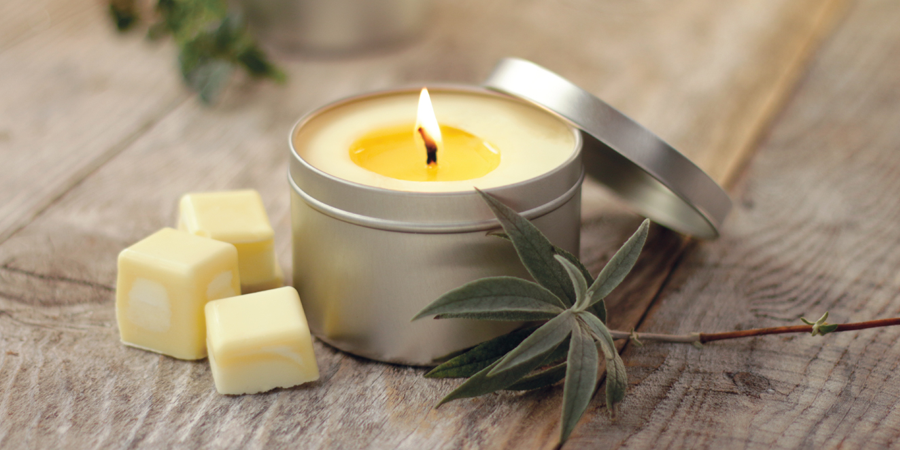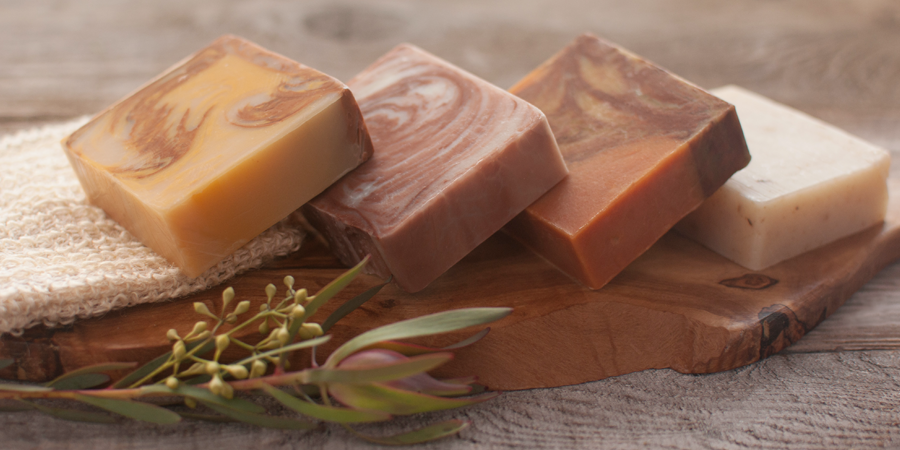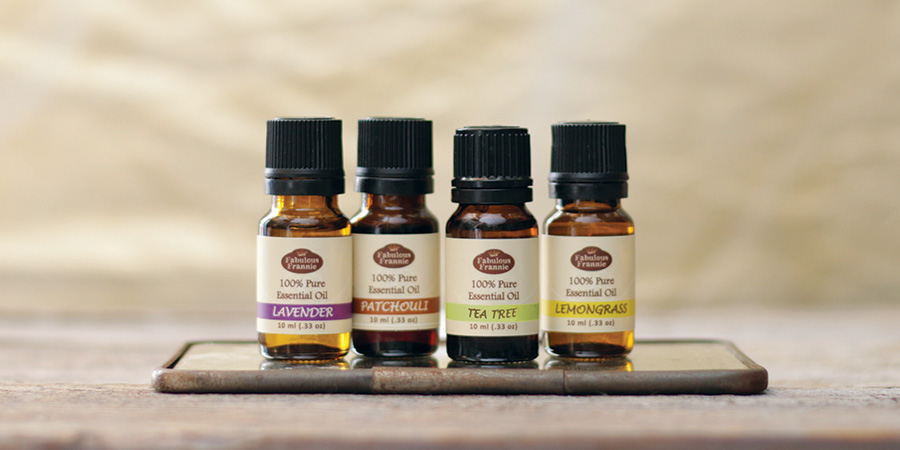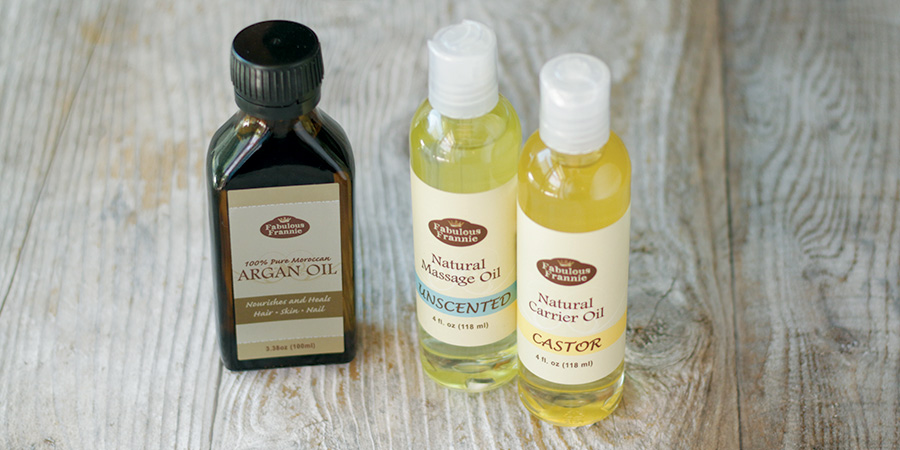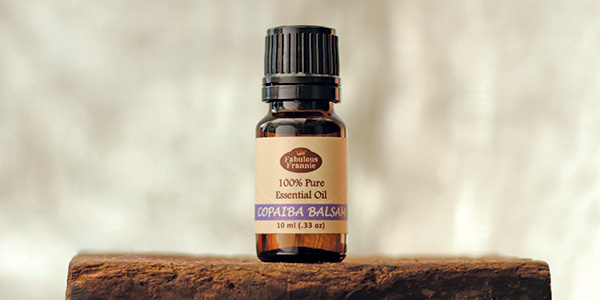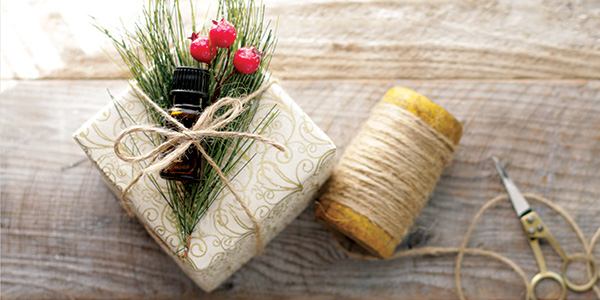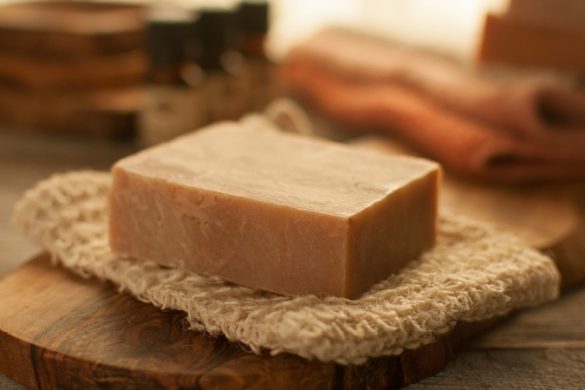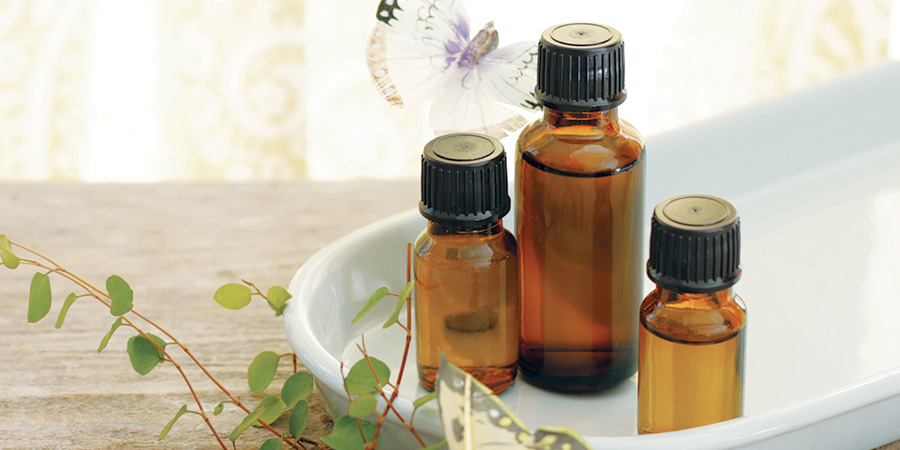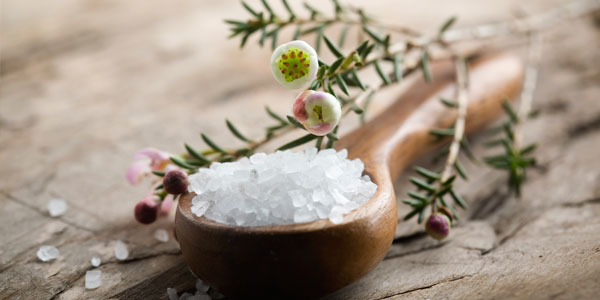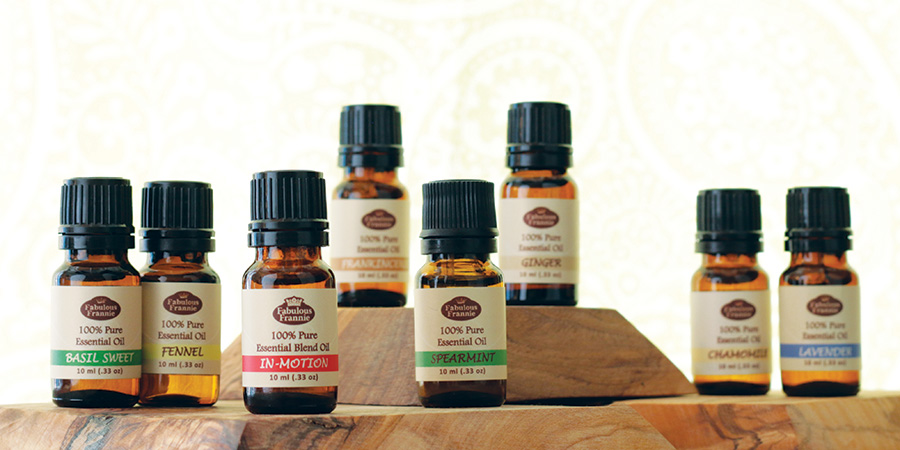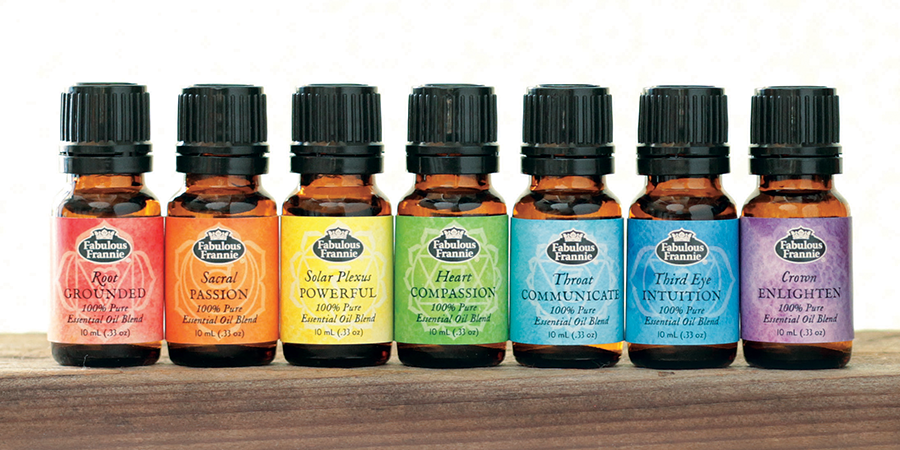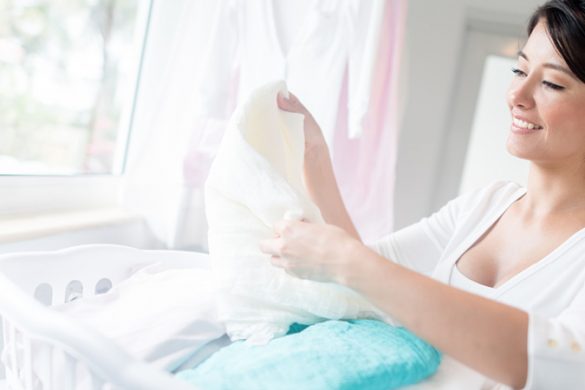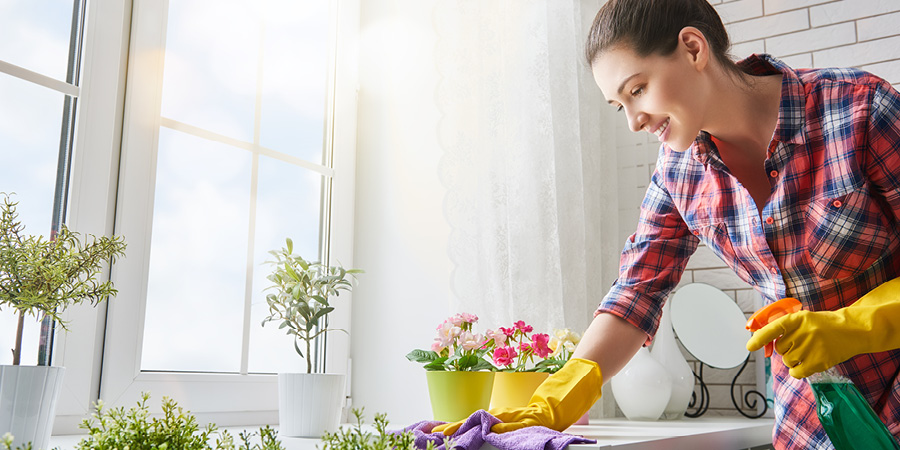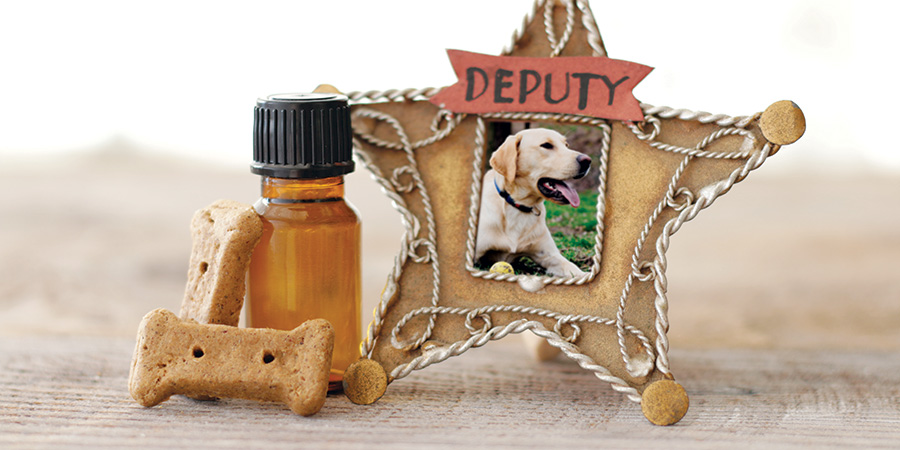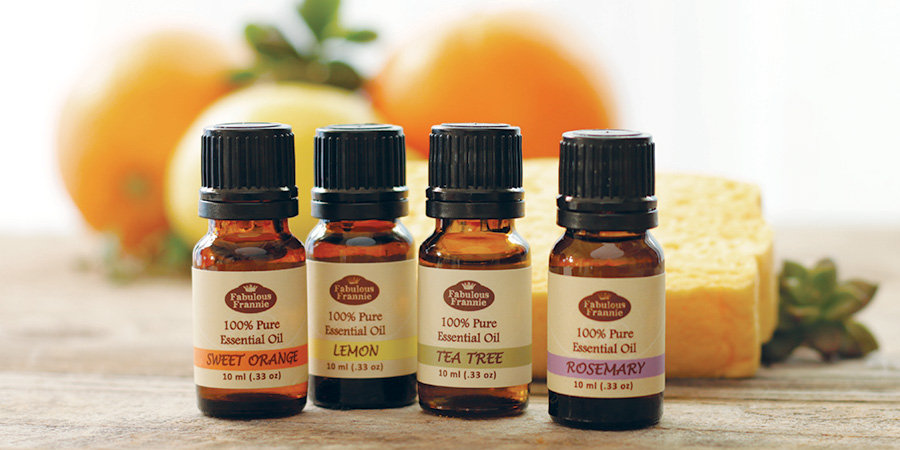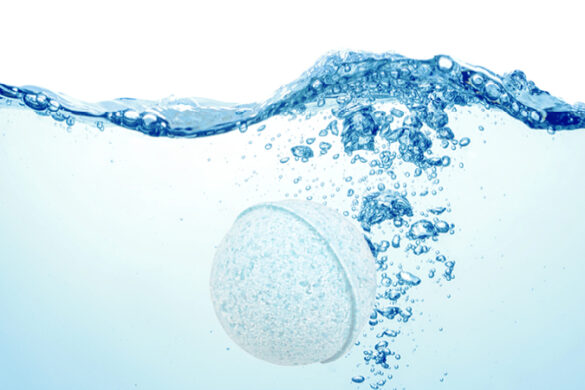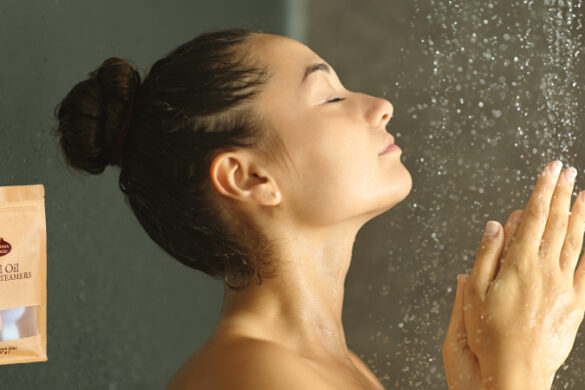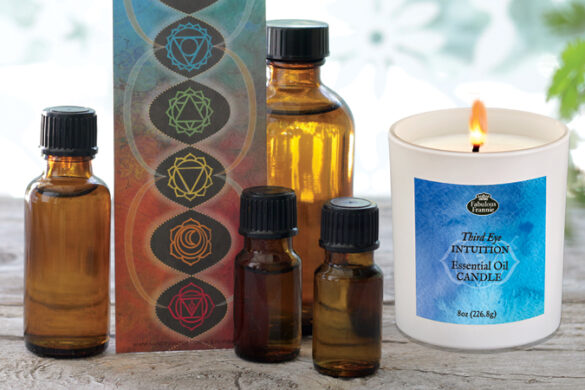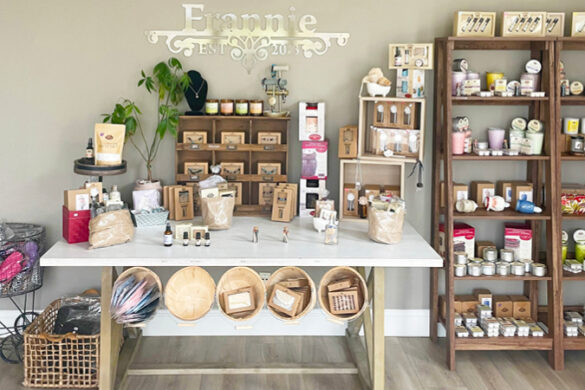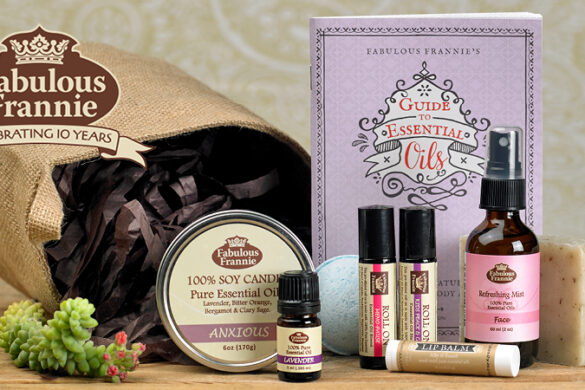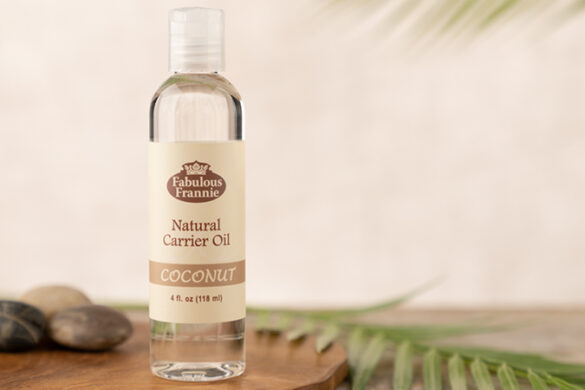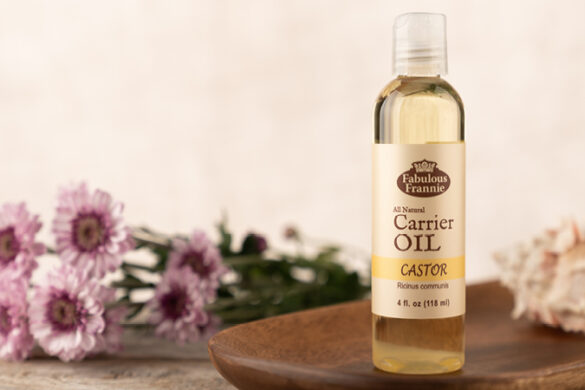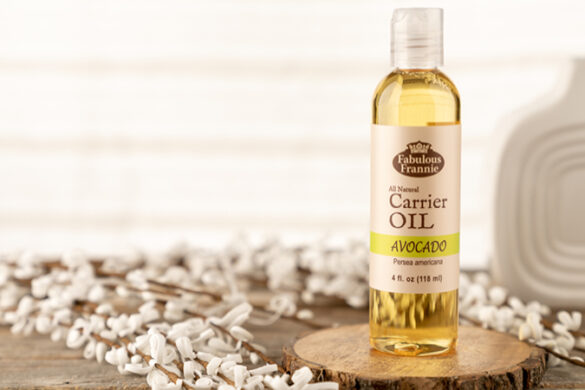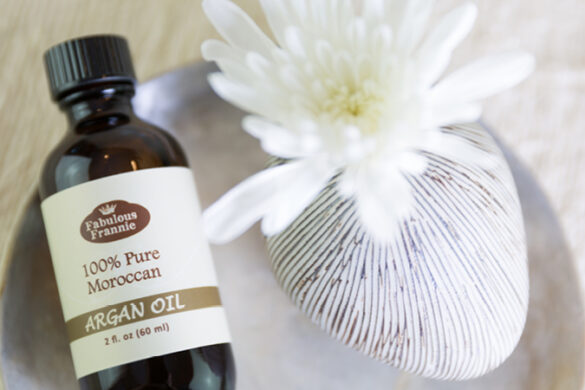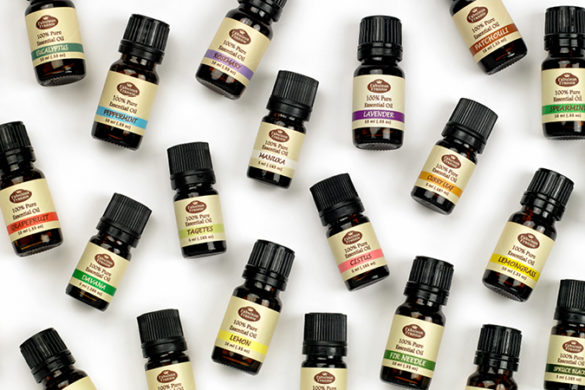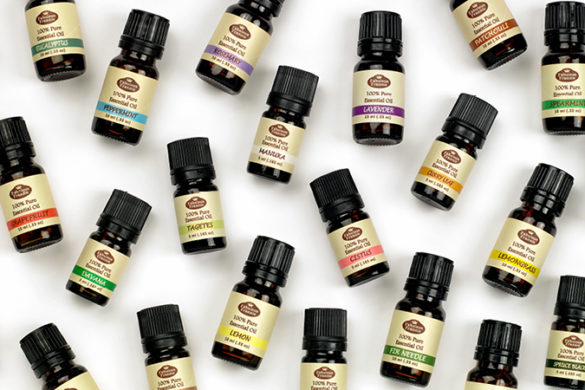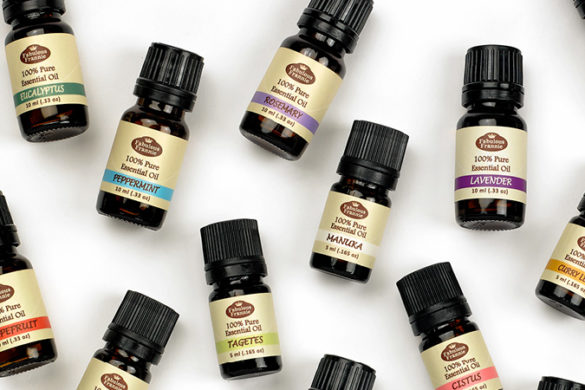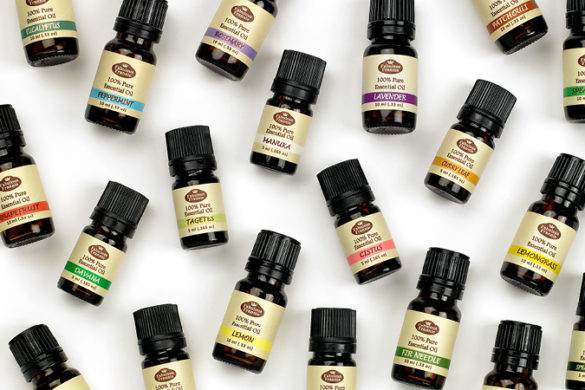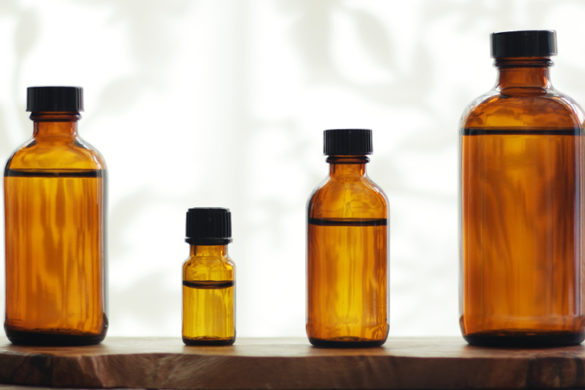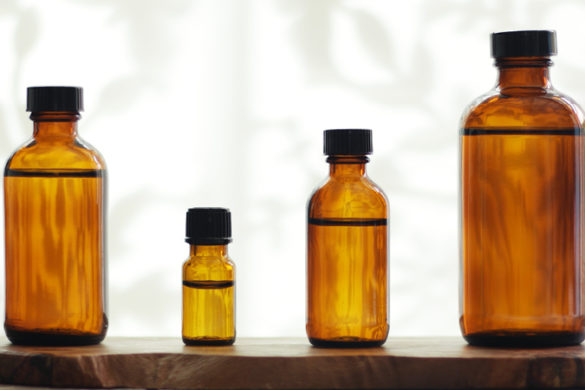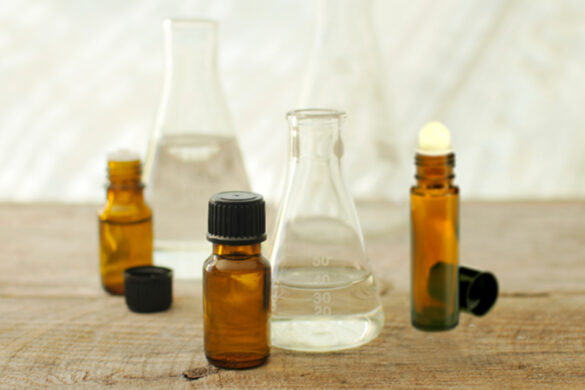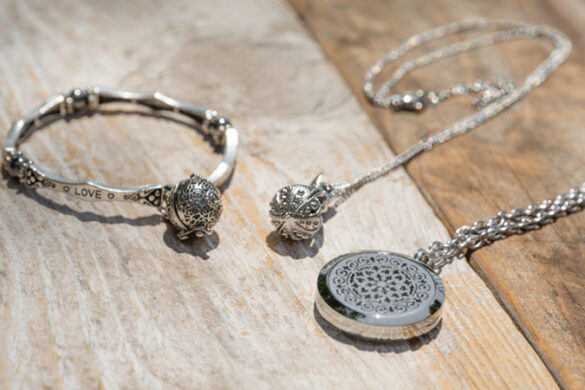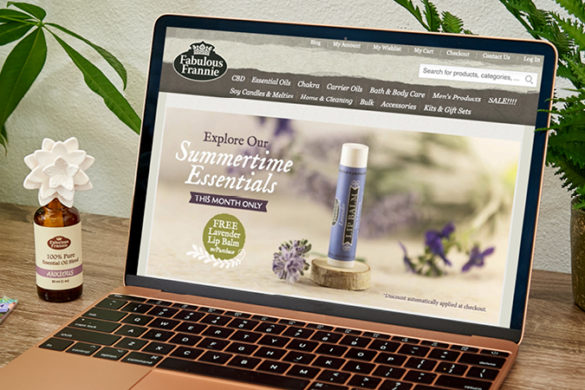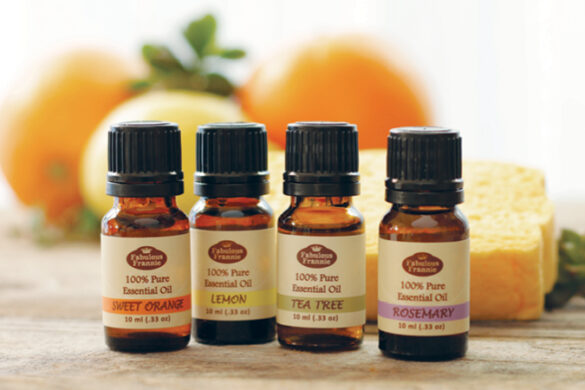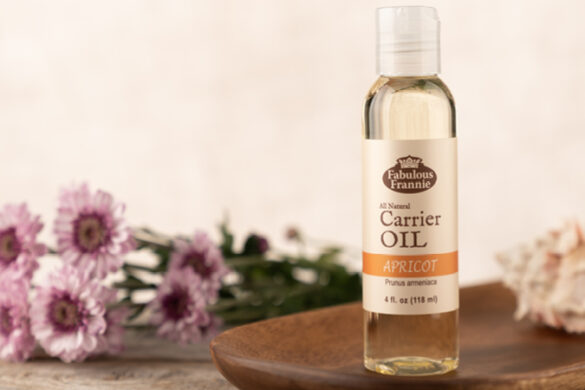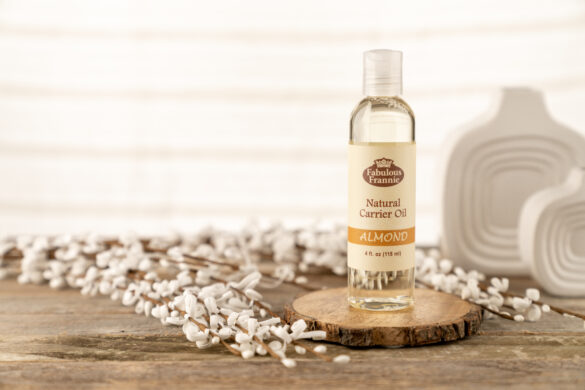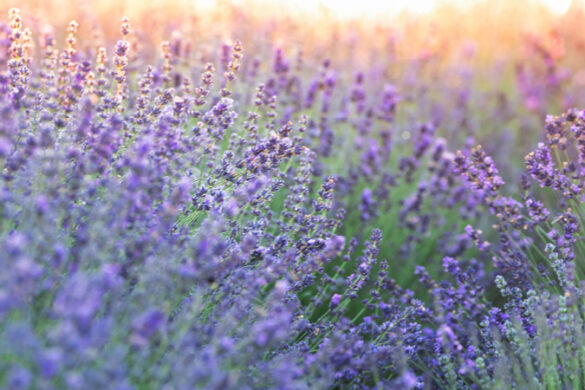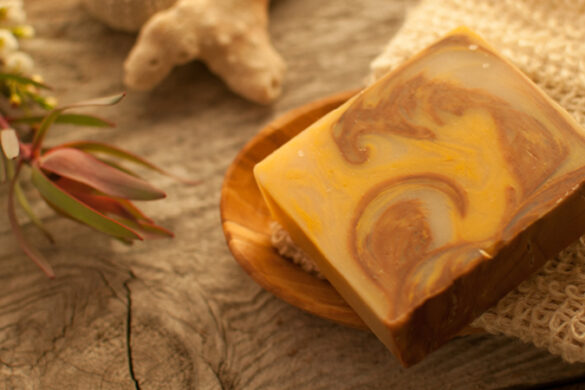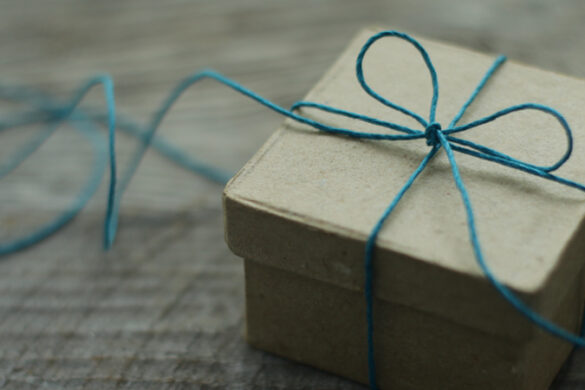Nothing is more relaxing on a cold winter day than a nice, piping-hot shower or bath. After shuttling the kids from activity to activity, and working all day, you deserve to have a few minutes to yourself! Do you know the history behind this ritual? The complex background may surprise you.
Although bathing is now something that’s generally done privately, that hasn’t always been the case. Public bathing houses started popping up as early as the 3rd Century and housed as many as 6,000 people at a time! Historically, bath houses facilitated business transactions, social interactions and dining. Some of these opulent structures even housed art galleries.
As we now appreciate the relaxing effects of a nice, long bath, so too did the Romans; some of the greatest physicians of that time worked in these facilities. While the Romans bathed for health reasons, the Greeks believed that one should bathe before conducting business, after working all day or before having a philosophical discussion. To the Japanese and Muslims, bathing held spiritual importance. The Japanese would go to purify themselves and Muslims to think or bathe before going to the mosque. The Turks developed a style of bathing all their own, extremely hot water, that’s still used today in Turkish baths.
For a time, bath houses lost their popularity due both to the spread of disease and the church’s belief that they promoted immoral behavior. This perspective changed in the 1800s when scientists in England realized that access to clean water was essential in the fight against germs, and indoor plumbing started to appear. Soon, new healing treatments involving bathing were developed and bath houses became popular in Europe once again.
Even though bathing has transformed over the years, there are still a lot of similarities between the rituals of old and new. In the beginning bathing took place in the company of others, and while we now generally do so in the privacy of our own homes, we do partake in the luxury of going to spas. Next time you treat yourself to a mud bath, remember that you’re engaging in a centuries old tradition.
If you’re more in the mood to stay at home, you can still experience the same health benefits as going to the spa. All you have to do is add a dash of bath salt or essential oils and let nature do its work.
Here’s a list of some ailments you may be experiencing and the essential oils that can aid them.
Congestion: Eucalyptus or Cold & Flu Blend
Headache: Peppermint or Tension Blend
Sore Muscles: Pine, Rosemary or Aches & Pains Blend
Exhaustion: Lemon or Lemongrass
Stress: Lavender
Once you’ve decided which essential oil fits your needs, here are some helpful tips for using them in the bath.
Application: Add essential oils to a spoonful of oil or soap solution and put them in the bathwater just before you get in, to make sure they don’t evaporate too quickly.
Dosage: Use up to 10 drops in 2 teaspoons oil or soap solution, or add directly to the water.
Essential oils to use with caution: Lemon, Orange, Grapefruit, Aniseed, Camphor, Clove, Eucalyptus, Ginger, Juniper, Black Pepper, Peppermint, Sage, Savory, Spearmint and Thyme should be used in very small dosages, so use no more than 2 drops to a bath.
Note: Much of the essential oil sticks to the sides of the bath. If you want to avoid the oils sticking to the side of the tub, you can apply a massage blend to your body before getting in.
If mobility is an issue, a footbath is just as beneficial. Dosage: Use 4 drops in a bowl or footspa of warm water. Soak feet for about 20 minutes.

